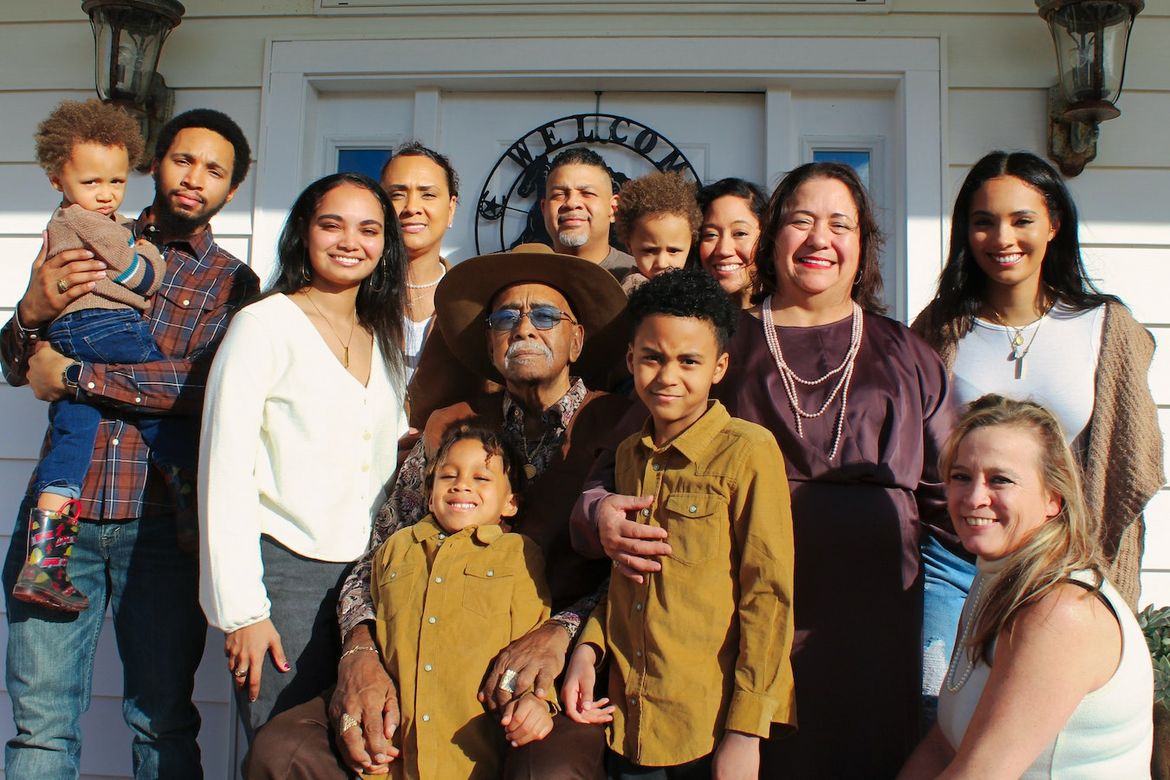
Rajiv Perera/Unsplash
The face of the Latino population in America has changed significantly in 20 years, UCLA researchers say.
Key takeaways:
- Today, 1 out of every 5 is residents of the U.S. is Latino.
- The Latino population comprises distinct groups from across the Americas and the Caribbean and is racially, culturally, linguistically and socioeconomically diverse.
- Understanding how different Latino groups are uniquely impacted by social, political and economic factors is important in crafting long-term policy.
As the nation's Latino population has grown from 35 million in 2000 to more than 62 million, so have Latinos' overall levels of education, home ownership and economic security. But these gains also mask marked differences within the increasingly diverse Latino population, say UCLA researchers.
The findings are part of a wide-ranging report published today by UCLA's Latino Policy and Politics Institute that examines demographic and socioeconomic changes among Latinos in the U.S. between 2000 and 2020 with a focus on how 19 Latino "origin" groups — from Mexicans and Puerto Ricans to Panamanians and Venezuelans — have experienced these shifts differently.
"Latinos are often treated as a monolith in discussions about policy, but our report finds great diversity in how different groups experience opportunities and gains," said Rodrigo Dominguez-Villegas, the institute's research director. "Through a better understanding of the shifts and trends, we hope to improve the conversation about how to better serve the needs of this diverse community."
The changing face of the Latino population
Today, 1 of every 5 is residents of the U.S. is Latino, with Latinos accounting for more than half of U.S. population growth over the past two decades. But the face of that population is changing significantly. While those of Mexican descent still make up the majority, at nearly 60%, the percentage of Paraguayans, Hondurans and Guatemalans has quadrupled, and the Venezuelan community has increased more than sixfold.
The report also shows that Latinos have expanded beyond traditional geographic enclaves, moving into areas of the Midwest and South with historically sparse Latino populations. North and South Dakota, for example, experienced the fastest growth in Latino population over the last 20 years, while Kentucky, South Carolina and Alabama all saw increases well above 200%.
More Latinos are earning college degrees
Between 2000 and 2020, the proportion of Latinos with a bachelor's degree or higher doubled, from 10% to 20%, mirroring a national trend among racial and ethnic groups. However, stark differences in educational attainment exist with the Latino community, with 53% of Venezuelans having earned at least a bachelor's degree, compared with just 12% to 15% of those from Guatemalan, Salvadoran, Honduran and Mexican backgrounds.
Venezuelans, Salvadorans, Hondurans, Dominicans and Guatemalans were less likely than other groups to speak only English at home, while Puerto Ricans and Panamanians were the most likely. Overall, 1 in every 3 Latinos speaks only English at home today, up from 1 in 5 in 2000.
Work, poverty and home ownership
Latino participation in the labor force is now higher than any other group in the U.S., with 67% of working-age individuals currently in the labor force. Latinos also saw the biggest drop among all racial and ethnic groups of those living in poverty — a decline of 6 percentage points since 2000. But poverty rates vary significantly in the Latino community, with South Americans generally having lower rates and Mexicans, Central Americans and Puerto Ricans having higher rates.
Latinos are also more likely to own their homes today than in 2000, an increase from 49% to 56%. Although nearly all Latino groups experienced a growth in home ownership, several — Cubans, Paraguayans and Venezuelans — actually saw a decline in ownership.
Other key findings from the analysis:
- Two-thirds of Latinos are U.S.-born, with the highest rates among Mexicans and Panamanians.
- While the Latino population skews young (median age 30, up from 25 in 2000), immigrants from places such as Cuba, Argentina and Uruguay have a median age of 38 or older — closer to the median age of the white population.
- A larger share of the Latino population is female, particularly among those of Mexican, Guatemalan and Salvadoran descent.
"Factors such as slowed immigration from Latin American countries and socioeconomic improvements across the board have changed the face of U.S. Latinos," said the report's author, Jie Zong, a senior research analyst at the institute. "A new snapshot is important in updating perceptions about the community."
Findings from the report are based on an analysis of U.S. Census data from 2000 and 2020.






